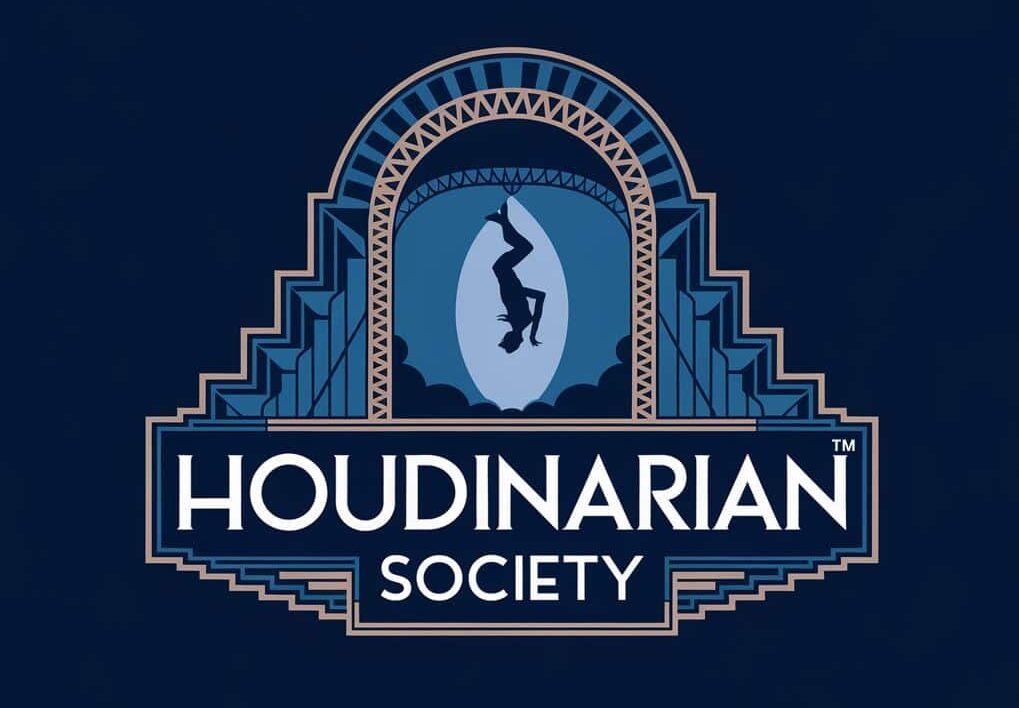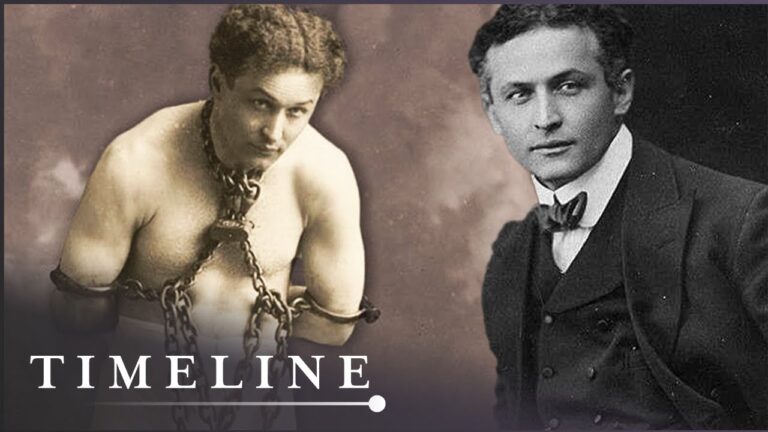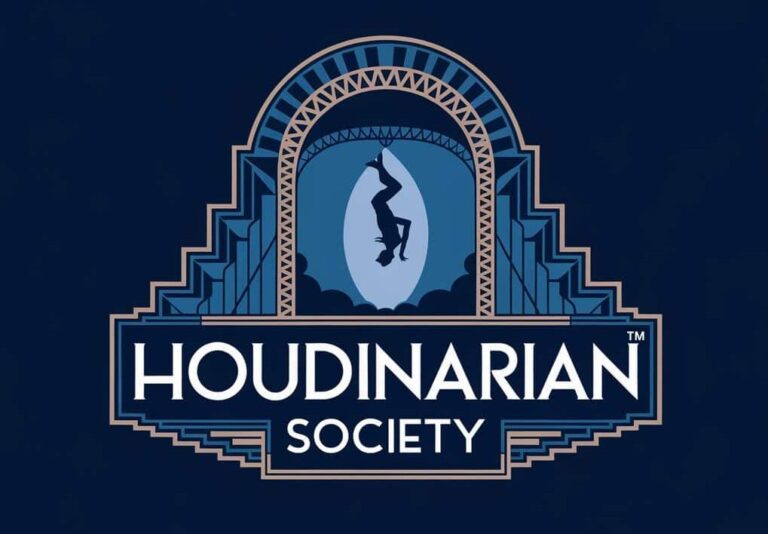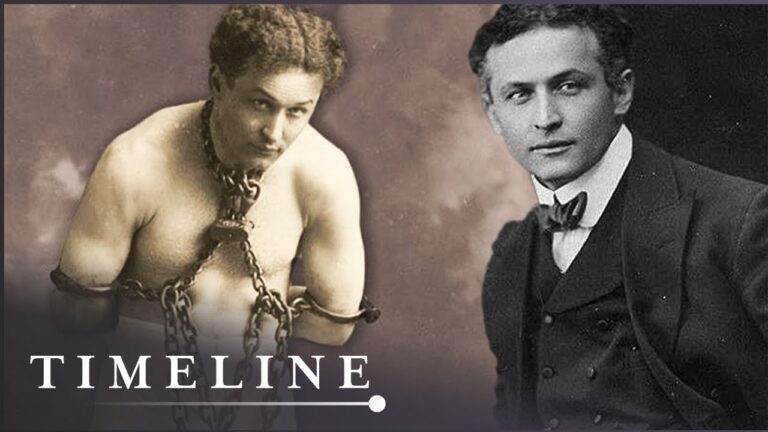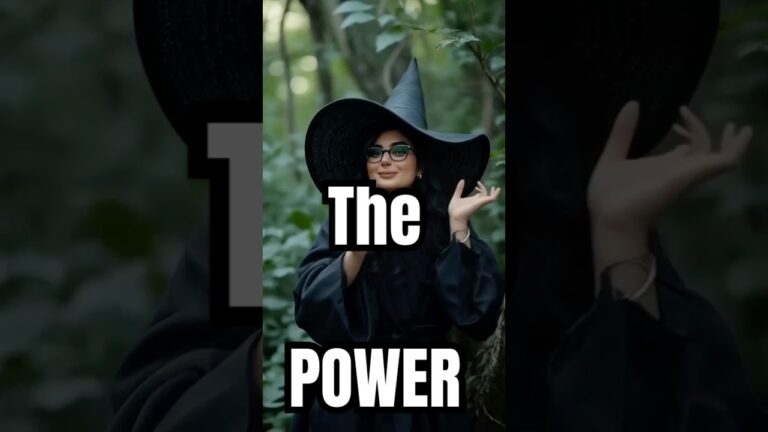Houdini Museum Scranton, PA: A Unique Destination for Magic and Escape Artist History
Hidden away in Scranton, Pennsylvania, you’ll stumble upon something truly unusual: the only building in the world devoted entirely to Harry Houdini.
The Houdini Museum stands as a remarkable tribute to the master escape artist. It’s tucked inside a charming structure that’s seen over a century of stories unfold.
As you wander through this one-of-a-kind museum, treasures leap out and bring Houdini’s legendary career into sharp focus.
You’ll come across rare artifacts that once belonged to Houdini himself. Each piece carries stories that shine a light on both his public triumphs and private struggles.
The collection goes way beyond simple memorabilia. You get glimpses into the psychology and methodology behind Houdini’s death-defying feats.
What really grabs you is how the museum ties Houdini’s story to the bigger cultural picture of his era.
You’ll see how this one performer shaped public perceptions of magic, fame, and the blurry lines between reality and illusion.
The curators have gathered not just objects, but narratives that dig into why Houdini’s influence still ripples through American consciousness.
Featured Artifacts

The museum houses authentic items that Houdini himself handled and used throughout his legendary career.
You’ll spot original escape devices, personal correspondence, and rare photographs that reveal the man behind the illusions.
Original Handcuffs Used In Houdini’s Escapes
You get to examine the actual handcuffs that challenged Houdini in his most famous shows. These iron restraints tell the story of his greatest onstage triumphs.
The collection features British Darby handcuffs from his 1904 London performances. You’ll see the heavy cuffs that nearly beat him at the Hippodrome Theatre.
Russian transport chains from his European tours sit behind protective glass. These massive restraints weigh over 30 pounds and demanded special escape techniques.
The Mirror Challenge handcuffs have a spot of honor in the display. A London newspaper spent six years designing these cuffs, and Houdini struggled for over an hour to escape them in 1904.
During your guided tour, you find out how each set of restraints brought its own headaches. The interactive exhibits let you handle replica handcuffs, so you can feel their weight and complexity for yourself.
Early Magic Posters
Your eyes might get stuck on the colorful lithographs that once advertised Houdini’s shows across America and Europe. These posters pulse with the drama and excitement of his magical experience.
“The King of Cards” poster from 1895 shows a young Houdini before he became the escape legend. The bold red and gold artwork promised audiences card tricks and small illusions.
The Water Torture Cell poster from 1912 shows his most dangerous escape. Huge letters warn that failure means death by drowning.
European tour posters splash text in German, French, and Russian. You can see Houdini tweaking his marketing for different countries and cultures.
The “Challenge Handcuff King” series shows Houdini inviting police to test their toughest restraints on him. These posters made audience participation a big part of his draw.
Letters
You can read Houdini’s personal thoughts in his handwritten letters. These letters spill details about his business dealings, family life, and professional rivalries.
Letters to his wife Bess reveal his softer side during grueling tours. He wrote to her daily, pouring out loneliness and love in flowing script.
His correspondence with other magicians shows fierce competition and, sometimes, a little cooperation. You’ll find fiery exchanges about stolen tricks and broken promises.
Business letters to theater managers highlight his sharp negotiating skills. Houdini demanded top billing and maximum publicity for each performance.
The letters to his mother show his devotion to family. Written in both English and German, they reveal his immigrant roots and deep emotional ties.
Diaries
Your sense of Houdini deepens when you flip through his private diaries. These journals document his daily struggles and victories from 1896 to 1926.
Performance notes fill many pages, packed with technical details about escapes. You can spot how he analyzed each show and plotted improvements.
His travel diary from the 1900 European tour talks about new cities and audiences. Houdini noticed cultural differences and adjusted his act as he went.
Personal reflections reveal his worries about aging and losing his physical edge. These honest entries show the pressure he felt to keep his reputation alive.
The spiritualism investigations dominate his later diaries. You can trace his campaign against fake mediums through detailed notes and observations.
High-Quality Photographs
You’ll study rare photographs that capture Houdini’s performances and private moments. The magic theater atmosphere jumps out from these carefully preserved images.
Stage performance shots show Houdini mid-escape, with crowds leaning forward in suspense. The dramatic lighting and audience reactions tell whole stories.
Behind-the-scenes photographs reveal his setup rituals and equipment prep. You can see the careful planning that made his “spontaneous” escapes possible.
Family portraits show Houdini with Bess and his extended family. These intimate images stand in stark contrast to his larger-than-life public persona.
Some photos preserve moments from rare film footage that’s now lost. These still frames are the only visual proof of certain performances and appearances.
Backstories & Provenance

The artifacts at the Houdini Museum in Scranton come from decades of collecting by passionate magicians and historians.
Many pieces trace back to Houdini’s original performances and his connections to Pennsylvania’s magic scene.
Who Owned These Artifacts Before The Museum Acquired Them?
You’ll find that many artifacts came from private collectors who spent years chasing down Houdini memorabilia. Some belonged to fellow magicians who actually worked with Houdini.
Estate sales brought in more rare items. When old-time magicians died, their collections sometimes contained Houdini treasures passed down through magic circles.
Several artifacts came from Houdini’s own family and friends. His brother Hardeen, also a magician, owned many personal items that eventually landed with collectors.
Theater owners and venue managers sometimes saved posters and equipment from Houdini’s shows. These items sat in storage for decades before reaching the museum.
How Did They Come Into The Collection?
The museum’s founders, Dorothy Dietrich and Dick Brookz, started collecting in the 1970s. They hit up magic conventions, estate sales, and auctions to hunt for real Houdini pieces.
Personal connections in the magic community helped them land rare items. Magicians would often call them when Houdini artifacts popped up.
Some pieces came as donations from collectors who wanted to keep Houdini’s legacy alive. These donors trusted the museum to preserve and share the history.
The museum opened in 1983 after years of careful collecting. Each new piece required research to verify authenticity and document its story.
Trading with other collectors let them fill gaps in the displays. This network of magic fans helped build the collection you see today.
Historical Significance

The museum’s collection gives you a window into Houdini’s artistic development and his deep ties to northeastern Pennsylvania’s entertainment history.
These artifacts trace his journey from a struggling performer to the world’s most famous escape artist.
What Do These Items Reveal About Houdini’s Evolution As A Performer?
The artifacts reveal Houdini’s shift from basic tricks to wild, death-defying spectacles. Early handcuffs and restraints show his first focus on simple escapes.
He later moved on to complex devices that pushed both his physical limits and his showmanship.
You can spot how Houdini sharpened his presentation through costume changes and new promotional materials. His early shows leaned on pure skill, while later ones amped up the drama and tension.
As his career progressed, simple handcuffs gave way to straitjackets and then to elaborate water torture cells. Each new challenge demanded fresh techniques and even more physical training.
Stage photographs capture his growing confidence as a performer. Early shots show a nervous young man, while later portraits reveal the commanding presence of a true illusionist who understood spectacle—and maybe even the psychology of his audience.
Connection To Major Events Or Performances
The Houdini Museum keeps track of Houdini’s strong ties to northeastern Pennsylvania. Harry Houdini put on several special challenges right in Scranton.
His brother Hardeen showed up often in Scranton and Wilkes-Barre too. The museum highlights Houdini’s longest professional engagement in this area.
He spent two full seasons with the Welsh Brothers Circus. That time really shaped how he thought about keeping audiences hooked over the long haul.
Old newspaper clippings show how local crowds reacted to his daring escapes. These performances set the stage for his later fame.
The challenges he took on in Scranton pushed him in new ways. Performance programs and ticket stubs offer a tangible link to those historic nights.
They capture moments when a local act started turning into a worldwide legend.
Museum Curator Insights
The museum’s founders and curators have uncovered some pretty wild artifacts that shed light on Houdini’s career in ways most folks never expect. Their discoveries reveal personal details about the magician’s methods and private life through carefully preserved items.
Interview Excerpts From Dorothy Dietrich Or Dick Brookz, Focusing On Rare Or Unique Finds
When you step into the Houdini Museum in Scranton, you’ll spot artifacts that even die-hard Houdini scholars find surprising. The curators tracked down pieces that go way beyond your usual magic memorabilia.
Original handcuffs used in Houdini’s escape acts sit on display. You can see the worn spots and tweaks that hint at his secret techniques.
The museum also has rare photographs of Houdini backstage. These shots show him in quieter moments, between shows, when he let his guard down.
Personal correspondence opens a window into Houdini’s business world and his dealings with other performers. You might catch him worrying about copycats or rivals.
Performance posters from small towns map out Houdini’s touring life. These posters highlight appearances that big biographies usually skip.
The collection even has prototype escape devices Houdini tinkered with but never actually used in public. You get a peek at his creative process and how he solved problems.
Broader Cultural Impact
The Houdini Museum’s collection acts as a living lab for today’s magicians and folks studying showbiz history. These artifacts connect directly to techniques and methods that still shape how magicians work now.
How These Artifacts Influence Contemporary Magicians, Collectors, Or Researchers
When you examine the museum’s Houdini memorabilia, you’re seeing tools that still shape modern magical practice. Contemporary escape artists actually study Houdini’s original handcuffs and restraints up close, figuring out the mechanical secrets behind his most famous escapes.
Active Learning Applications:
- Magicians reverse-engineer vintage apparatus designs.
- Collectors authenticate pieces using museum standards.
- Researchers document construction techniques.
The art of illusion really does benefit from these carefully preserved examples. You can spot Houdini’s innovations in timing, misdirection, and audience psychology echoing in performances even now.
Magic historians dig into the collection to trace how specific tricks evolved. They compare Houdini’s versions to earlier and later ones, which helps them see how magical methods actually change over time.
Professional magicians often drop by to study Houdini’s approach to marketing and showmanship. His old promotional materials and photos reveal strategies that, honestly, still work in today’s entertainment world. You get a real sense of how he built his legendary reputation by carefully managing his public image.
